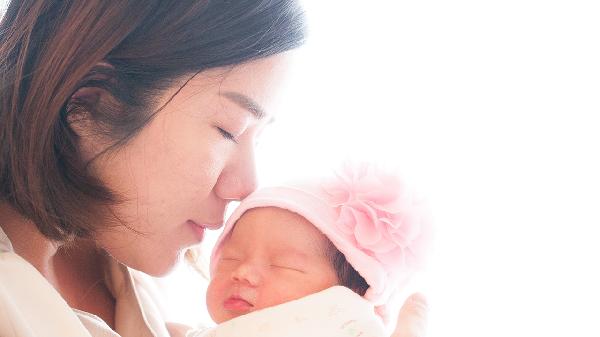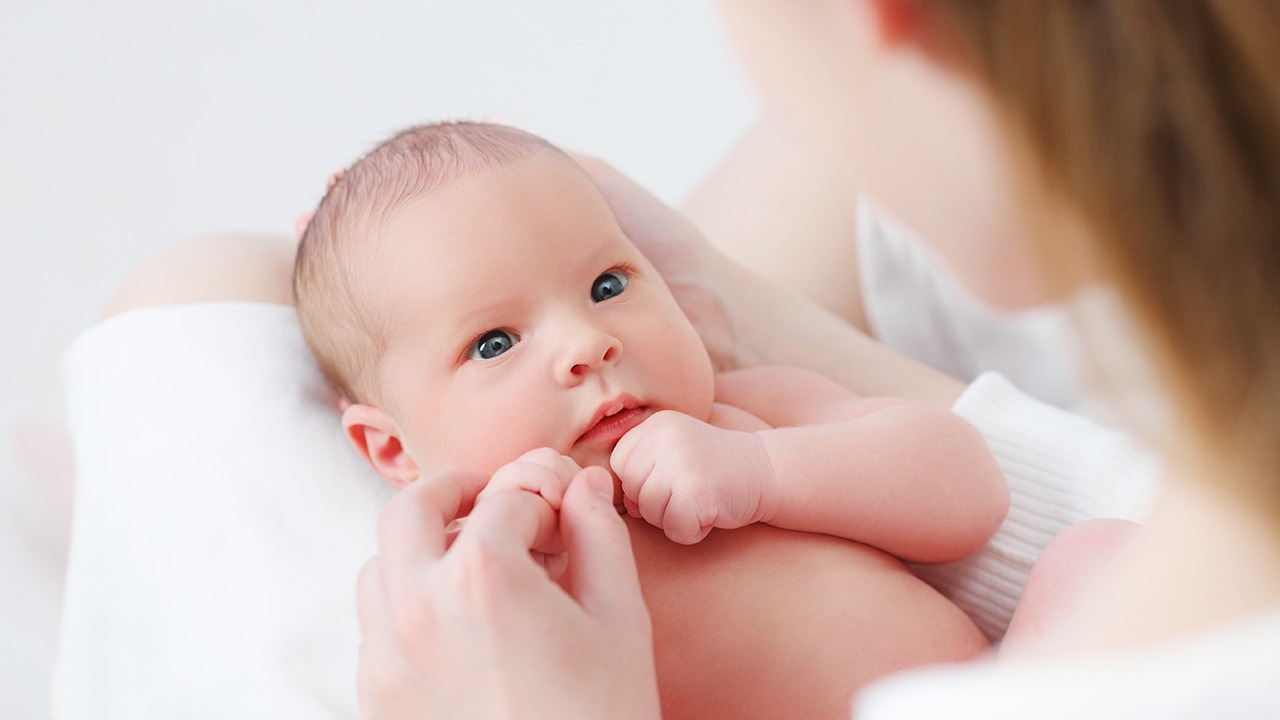Risky play—it sounds like an oxymoron, doesn’t it? As parents, we’re wired to keep our kids safe, bubble-wrapped if necessary. But the Canadian Paediatric Society’s recent stance on letting kids engage in thrilling, unpredictable play has many of us rethinking our instincts. Turns out, a little controlled chaos might be exactly what our children need to grow into resilient, confident humans. And yeah, that includes the scraped knees and bruised egos along the way.
The Science Behind the Scrapes
climbing trees, racing bikes, or even (gulp) wielding sticks as makeshift swords. Research shows this type of play boosts physical health by improving coordination and strength, but the mental benefits are just as compelling. Kids learn to assess danger, problem-solve on the fly, and bounce back from setbacks. A study in the journal Pediatrics found that children who engage in risky play have lower rates of anxiety and better social skills. Why? Because overcoming small fears—like swinging higher than usual—builds a toolkit for handling bigger life stressors later.
Helicopter Parents, Unite (But Maybe Take a Step Back)
Confession time: I’ve been that parent who yells, “Slow down!” the second my kid picks up speed on a scooter. But the Canadian Paediatric Society’s guidelines hit home: shielding kids from every bump denies them the chance to learn their own limits. The key is managed risk. Think of it like training wheels for decision-making. For example, instead of banning tree-climbing, we can teach them to test branches for stability or spot safe landing zones. It’s not about removing risk entirely—it’s about giving them the skills to navigate it. And hey, if they tumble? That’s where resilience is born.
From Lightsabers to Life Lessons
Take my kids’ Star Wars phase. At first, their plastic-lightsaber battles sent me into full panic mode. But after one teary clash (lesson learned: no headshots), we turned it into a teachable moment. Together, we set rules: “Jedi strikes” below the shoulders, and a “time-out” rule if things got too intense. The result? They learned self-regulation—and I learned to trust their ability to adapt. These micro-risks are low-stakes rehearsals for real-world challenges, like standing up to a bully or resisting peer pressure.
The Nostalgia Factor: Why Our Childhoods Matter
Remember building forts with couch cushions or biking unsupervised until the streetlights came on? Our generation’s childhoods were masterclasses in risky play. Yet today, fear of lawsuits or “what-ifs” has turned playgrounds into sanitized safety zones. But here’s the irony: by avoiding risk, we might be raising kids less prepared for life’s unpredictability. Revisiting those memories—like the time I face-planted off a skateboard but got right back on—helps me reframe my parenting. If those scrapes taught me grit, why wouldn’t I want that for my kids?
The Balancing Act: Safety Nets, Not Bubble Wrap
Of course, risky play doesn’t mean free-for-all recklessness. The Canadian Paediatric Society emphasizes adult supervision and age-appropriate challenges. For toddlers, that might mean climbing low structures with soft landings; for tweens, it could be using real tools (with guidance) to build a birdhouse. The goal is to scaffold their independence, not abandon them to Darwinism. And yes, your heart will still race when they’re 10 feet up a tree—but that’s the point. They’re learning to listen to their instincts, and so are you.
So here’s to letting go—just a little. To watching our kids skin their knees and dust themselves off. Because the real risk isn’t the play itself; it’s raising a generation too afraid to climb, explore, or fail. And if that means biting my tongue while my son scales the monkey bars? Well, maybe I’ll finally learn to breathe again.
























